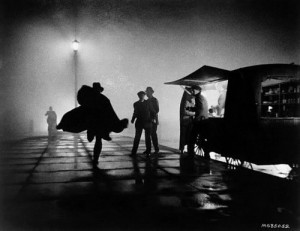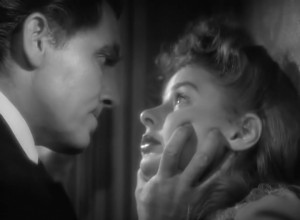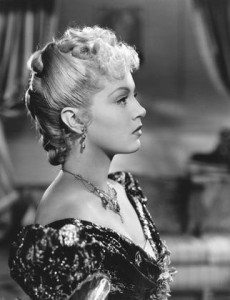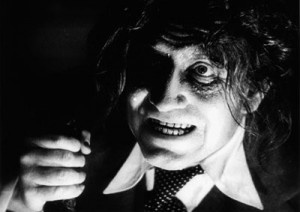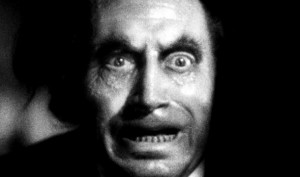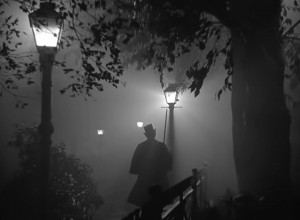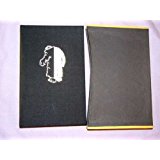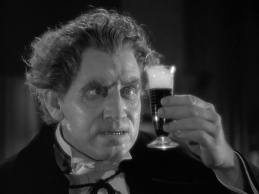Dr Jekyll and Mr Hyde **** (1941, Spencer Tracy, Ingrid Bergman, Lana Turner) – Classic Movie Review 780
Victor Fleming’s 1941 remake of the 1886 Robert Louis Stevenson classic novel The Strange Case of Dr Jekyll and Mr Hyde met with poor reviews in its day. Despite it drawbacks, mainly the casting, Dr Jekyll and Mr Hyde is a polished and glossy chiller film.
Director Victor Fleming’s 1941 remake of the 1886 Robert Louis Stevenson classic novel The Strange Case of Dr Jekyll and Mr Hyde met with poor reviews in its day. Despite it drawbacks, mainly to do with the casting, Dr Jekyll and Mr Hyde is a polished and glossy chiller film that shouldn’t be overlooked.
Screenwriter John Lee Mahin’s screenplay stresses the psychological horror instead of shocks as Spencer Tracy takes on the persona of the conflicted Dr Henry Jekyll, who believes we have both good and evil sides and that by separating them we can become liberated. He experiments with chemicals to accomplish this succeed and he allows his dark side to run wild when he drinks a potion that transforms him into the evil Mr Hyde, who commits a series of horrible crimes. By the time he decides to quit using his drug, alas it is all too late.
Tracy wanted a realistic approach, whereby Jekyll would commit violent deeds in a neighbourhood where he was unknown after drinking alcohol or taking drugs. But producers Victor Fleming and Victor Saville insisted on a more traditional approach based on the 1931 version they had bought the rights for. And it would be more in keeping with an MGM style of movie.
SPOILER ALERT: Anyhow, violence there is. Jekyll has it in for Ivy Peterson (Ingrid Bergman) after she had expressed an interest in Jekyll and also for Sir Charles Emery (Donald Crisp), the father of Jekyll’s fiancée Beatrix Emery (Lana Turner).
Despite much adverse criticism of his acting, there is effective work in both roles from Tracy, who manages to access a rarely seen creepy side of his personality, though he is not as outstanding as Fredric March in the 1931 version of Dr Jekyll and Mr Hyde.
But Ingrid Bergman’s cockney barmaid Ivy Peterson and Lana Turner’s debutante Beatrix Emery do not really seem entirely comfortable at home in MGM’s studio version of foggy London. Bergman especially felt she was badly miscast in the movie, a view shared by film critics in 1941 and still today.
The two actresses would have been much better off in the other roles, and ironically MGM had cast Bergman as Beatrix and Turner as Ivy. But big star Bergman felt playing Ivy was more challenging and used her clout to persuade the studio to switch roles. So she had only herself to blame.
But, nevertheless, the movie has a lot to recommend it, not least the moody production designs (Art Direction by Cedric Gibbons, Set Decoration by Edwin B Willis), the eerie atmosphere and the effective transformations from Jekyll into Hyde. And it is beautifully shot by cinematographer Joseph Ruttenberg, though it is a shame that it is in black and white again.
It is entirely made in the MGM studio at 10202 West Washington Blvd, Culver City, California, and actually benefits from the stifling claustrophobia of it. The costume design by Adrian adds another touch of class.
The character of Ivy is not taken not from Stevenson’s novel, but from the 1931 film version, where she was played by Miriam Hopkins. Neither Ivy nor Jekyll’s fiancée Beatrix appears in the original story. Due to the Hay’s Code much of the film had to be watered down from the 1931 version. Ivy had to be changed from a prostitute to a barmaid.
Tracy felt his wig and make up as Hyde made him look ridiculous. He was criticised for not being frightening enough and for being too American and too rough to be believable as an upper-class doctor in Victorian London. Ah well.
The New York Times described Tracy as ‘not so much evil incarnate as ham rampant… more ludicrous than dreadful.’ Despite the film’s hammering by the critics, the public took to it, no doubt attracted by the star power, and it eventually made a profit of $2 million. But Tracy said it was by far the least favourite of his films and agreed with the critics that his performance was awful.
Tracy turned up at Clark Gable and Carole Lombard’s second wedding anniversary party wearing his make up as Mr Hyde.
Other versions include John Barrymore’s famous 1920 silent movie Dr Jekyll and Mr Hyde (there had already been half a dozen), Fredric March’s Oscar-winning classic Dr Jekyll and Mr Hyde in 1931, The Son of Dr Jekyll (1951), Abbott and Costello Meet Dr Jekyll and Mr Hyde (1953), The Daughter of Dr Jekyll (1957), The Two Faces of Dr Jekyll (1960), The Strange Case of Dr Jekyll and Mr Hyde (1968), and Dr Jekyll and Sister Hyde (1971), I, Monster (1971), and Jekyll & Hyde (1990).
© Derek Winnert 2015 Classic Movie Review 780
Check out more reviews on http://derekwinnert.com/



